Common Causes of Wheel Misalignment and How to Avoid Them
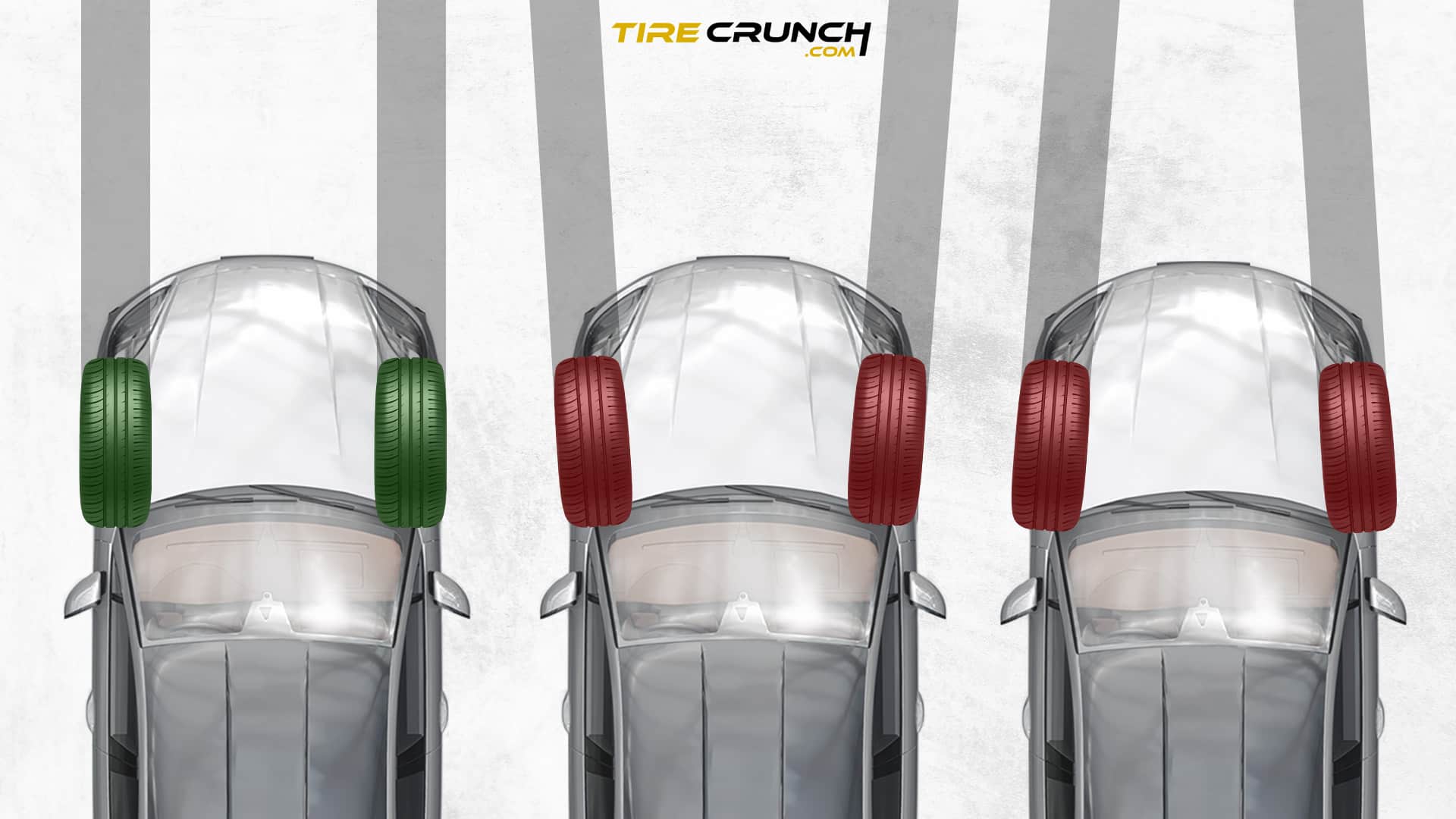
Wheel misalignment can lead to a host of issues that affect your vehicle’s safety and performance. From maintaining stability and handling to improving fuel efficiency and reducing the risk of accidents, properly aligned tires are crucial for a smooth and safe driving experience.
In this article, we will explore common issues caused by wheel misalignment, the causes of misalignment, signs to watch out for, and how to correct alignment issues.
Importance Of Proper Tire Alignment
Having well-aligned tires also translates into better stability, handling, and shorter braking distances because all four wheels will be working together seamlessly rather than “fighting” against each other.
In turn, this leads to significant improvements in both overall vehicle performance and fuel economy since less energy is wasted overcoming friction from misaligned wheels.
Common Issues Caused By Wheel Misalignment
Causes Of Wheel Misalignment
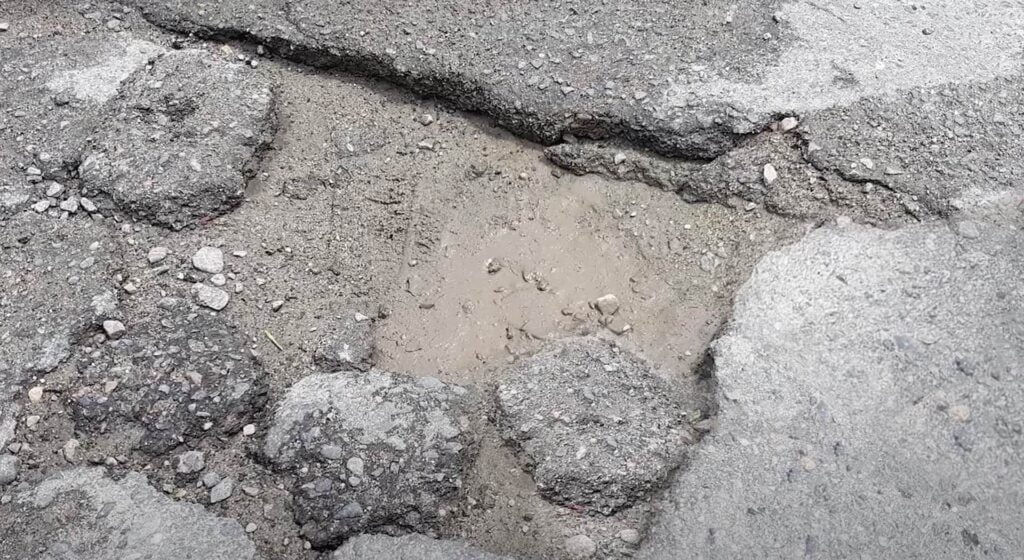
Potholes, curbs, and rough roads
Normal wear and tear over time, along with the effects of potholes, curbs, and rough roads are the most common cause of wheel misalignment.
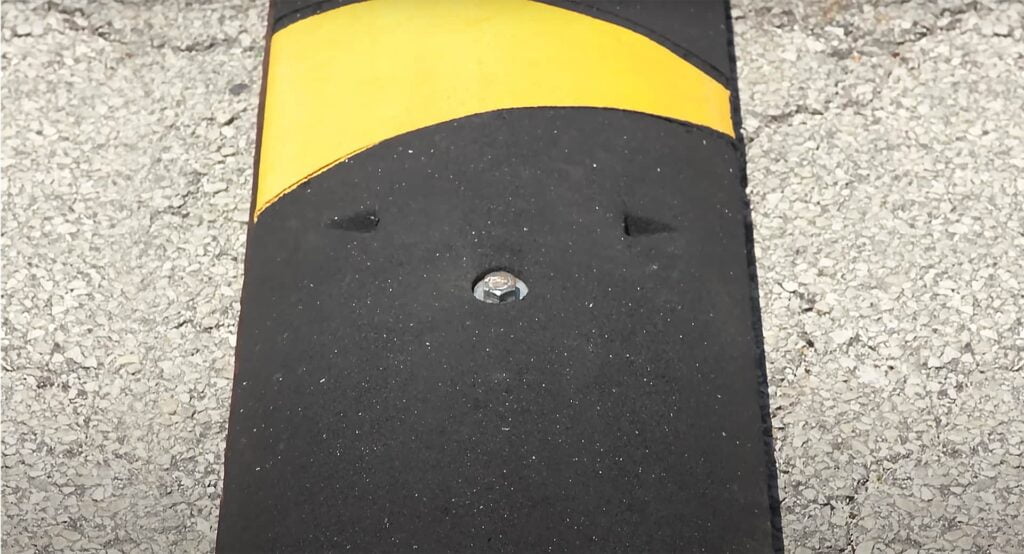
Zooming Over Speed Bumps
When drivers drive at high speeds over speed bumps, they put their car’s tires and suspension system under tremendous stress that can ultimately result in misaligned wheels.
This impact can cause damage to the shocks, struts, and other components responsible for maintaining proper alignment. The best way to avoid such a situation is by slowing down when driving over speed bumps or rough roads.
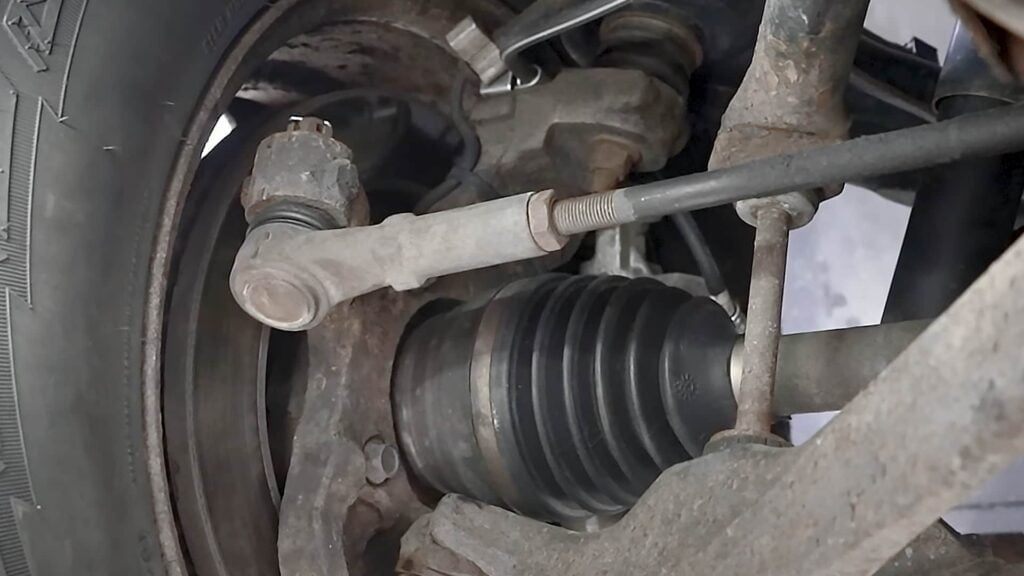
Neglect Of Suspension System
Over time, suspension components such as shock absorbers, struts, control arms, ball joints, and tie rods wear out due to normal use.
Signs Of Wheel Misalignment
1. Uneven Tire Wear
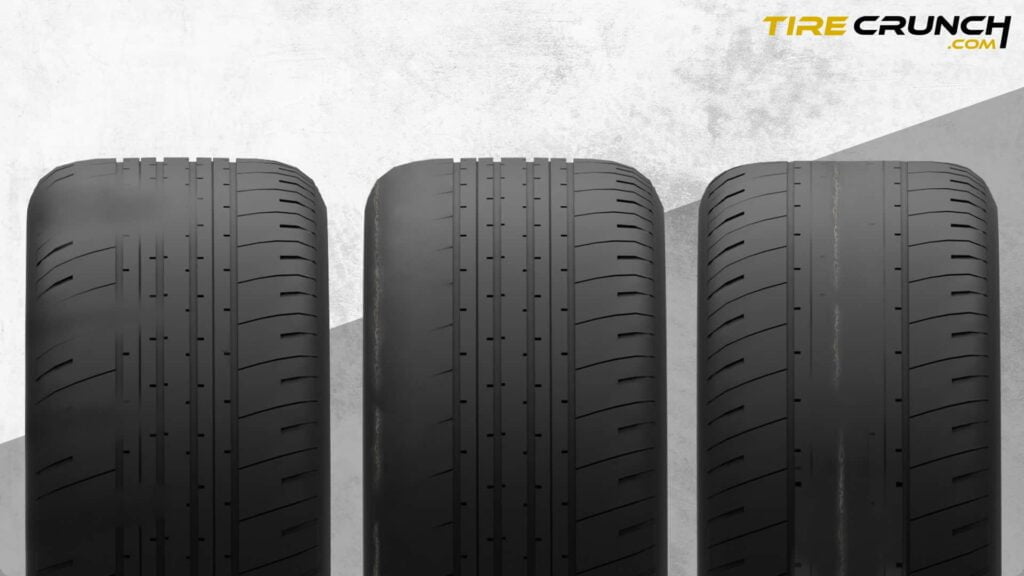
Uneven tire wear is a common sign of wheel misalignment that often goes unnoticed until it becomes a bigger issue. This type of wear occurs when certain areas of the tire tread are more worn down than others.
2. Vehicle Pulling To One Side While Driving
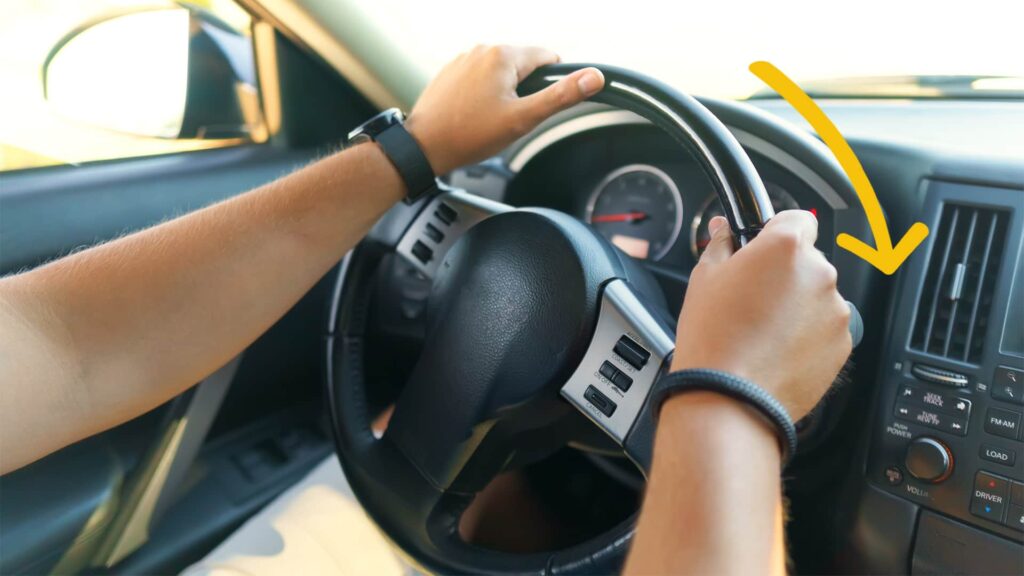
If you’ve ever found yourself struggling to keep your car going straight, with the vehicle pulling to one side while driving, it may be a sign of wheel misalignment.
3. Steering Wheel Off-center
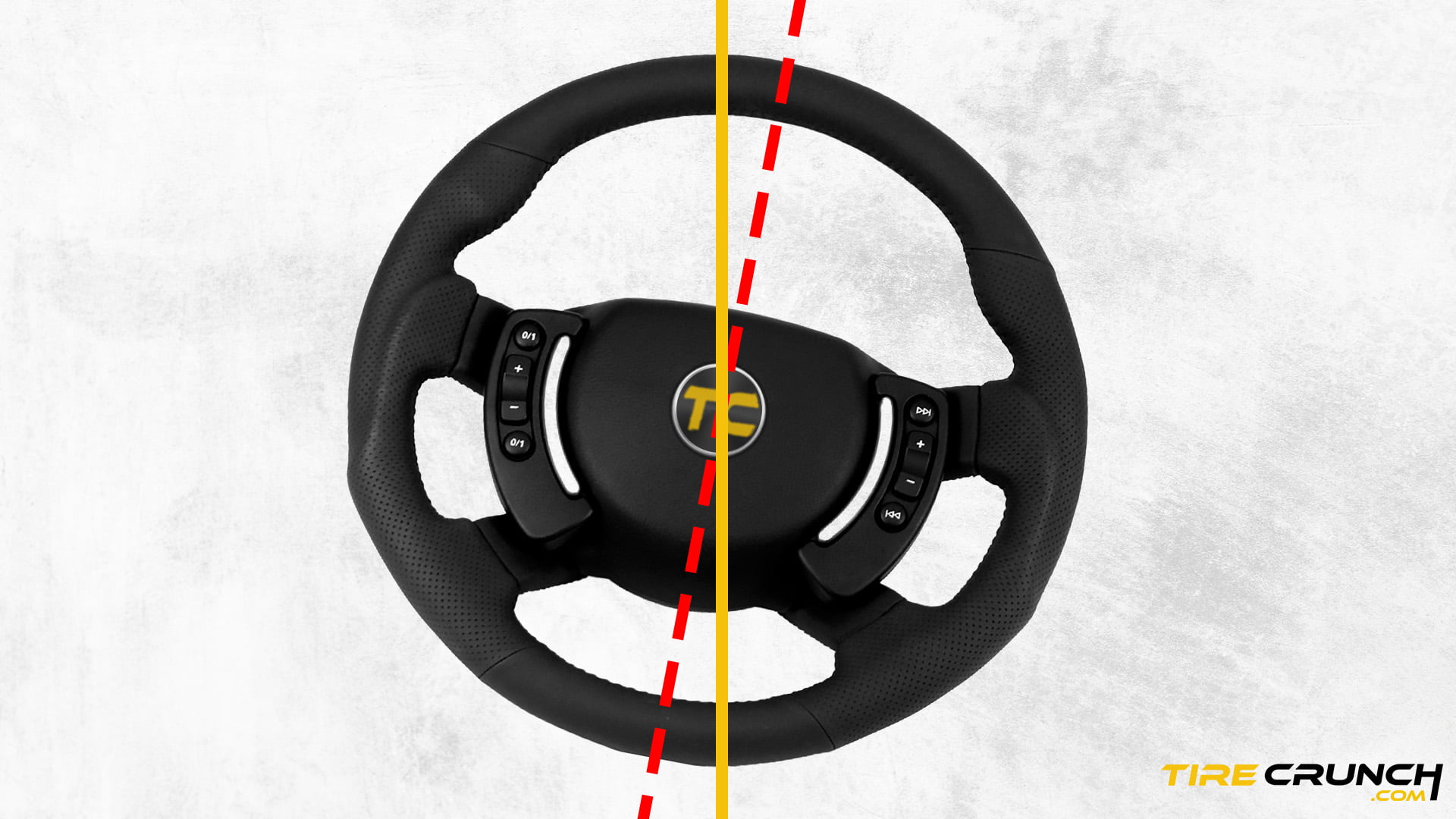
If you notice that your steering wheel appears to be off-centered, it could also be a sign of wheel misalignment.
Avoiding Wheel Misalignment
How Can You Correct Wheel Alignment Issues?
Get a professional wheel alignment check and adjustment: A trained technician can accurately measure the camber, toe, and caster angles of your tires and make any necessary adjustments to restore proper alignment.
Final Words
Proper tire alignment is a critical aspect of vehicle maintenance that should never be overlooked. Don’t let worn-out suspension components, rough roads, or improper installation lead to costly and potentially dangerous misalignment issues.
Regular inspections and maintenance, safe driving practices, and timely replacement of tires can help avoid these problems altogether. Remember, a well-aligned vehicle not only ensures safety but also improves handling, fuel efficiency, and the longevity of your tires.
